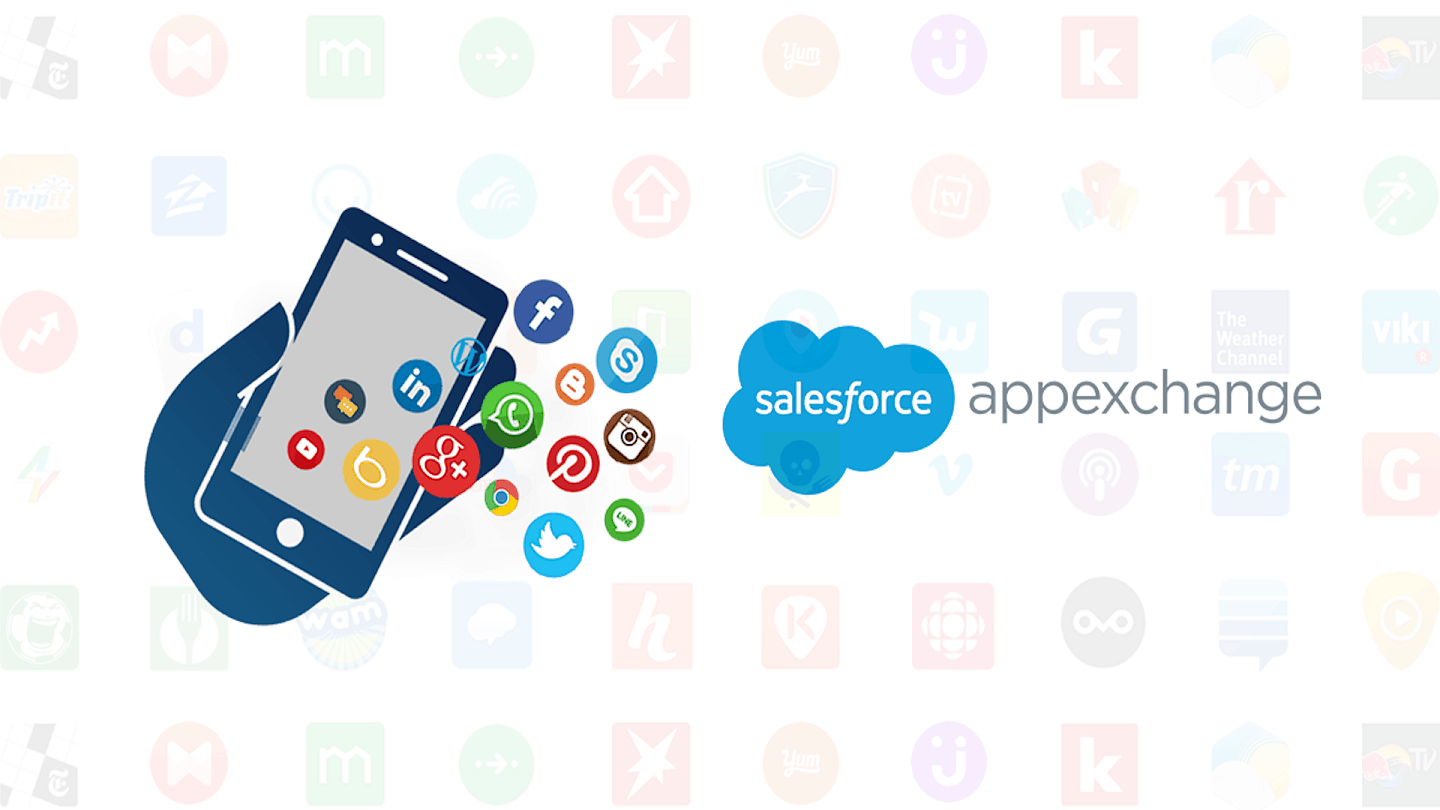In 2012, Tech News World published a study that revealed that more than half of companies (54%) expected to boost their sales with a CRM. But is this really the case? The statistics indicate ‘yes’, as 2014 saw an 87% increase in the use of a mobile CRM, which is particularly attractive to salespeople on the move.
In this article, we will present the 9 main advantages of implementing a CRM in your company.
Sommaire
#1 Make your customer file usable

Customer satisfaction is one of your main concerns, isn’t it?
A CRM helps to organise all your customer-related actions: automated welcome messages, personalised service, right through to checkout. By being able to understand what your customers want from you, you will be able to provide an impeccable service.
Your customer file is then usable and exploited to its full potential. In addition, effective customer service across all channels (email, phone, social media etc.) gives you the best chance of getting a recommendation. You will develop your customer base using nothing more than what you have already invested.
#2 Optimise your lead generation campaigns
By collecting data on your customers, your market or your sector of activity, you will be able to better optimise your marketing campaigns. lead generation. As you enter more and more specific data and information, you will be able to create more relevant and personalised messages.
The Salesdorado tip
With dynamic content and automated messages, you can place people who have an important similarity – for example, an interest in a niche product – in different nurturing campaigns.
This is the core value of marketing automation software. It allows you to set up a series of automated messages to a specific audience that are triggered by specific actions. Nurturing campaigns can be used throughout the sales funnel.
#3 Facilitating collaboration

Your CRM software is used to record interactions, requirements, contact details etc. If it is based in the cloud, your data will always be up to date, making it easier for your colleagues to make decisions.
In addition, some CRM platforms have built-in collaboration tools that allow multiple people to work simultaneously on the same file or track the progress of a document, such as a quote.
Everyone who has access to the CRM can work together. For example, when a salesperson talks to a customer and collects information, he or she can enter it directly into the customer file. This ensures that the rest of the team is working with the latest information.
#4 Optimise your business processes
To optimise your sales processes, most CRMs offer some form of task automation. These may include :
- Reducing the time needed to sendemail campaigns but also maintaining leads through nurturing campaigns.
- Lead scoring, which enables the relevant teams to determine which leads are qualified for sales (SQL) and which are qualified for marketing(MQL).
- Answering basic customer questions with chatbots or automated messages.
By automating certain business processes, all the teams in your company (marketing, sales, customer service, etc.) have more time to devote to more complex tasks.
#5 Improve the customer experience

If, thanks to your CRM, your sales team knows exactly what a particular customer is interested in, then you will have all the cards in hand to satisfy them.
By viewing customer data directly in your CRM, your sales and customer service teams will save time and make your customers and prospects feel important.
Salesdorado’s opinion
It is through proactive customer service and shortening the time it takes to resolve the problem that you will achieve greater customer satisfaction.
#6 Align your sales & marketing teams
For your business to perform, you need to align your sales and marketing teams! A CRM can help you do this.
Companies are constantly conducting market research to identify the ideal customer profile and then target them. CRMs help to understand customer behaviour and meet their specific needs.
Another task of CRM is to determine the best time for the company to promote and present its services to customers. A tool like this will help you target the right prospects at the right time with the right resources.
#7 Encourage more upsell and cross-sell
The ultimate goal of using a CRM is to close a sale, which is why the most complex CRM software such as Hubspot or Salesforce still supports practices such as cross-selling and upselling.
In the case of upselling, the software collects information about the customer’s purchase in order to draw their attention to similar products, but in the range above.
As for cross-selling, the software collects information about a customer’s previous purchases in order to suggest complementary products. All details are then stored in a central database.
A good CRM will identify and exploit all opportunities, resulting in increased revenue.
#8 Optimising individual business operations
Many business leaders rely on their CRM to understand the performance of their sales people and thus develop strategies on how to allocate leads and tasks.
It is also thanks to the CRM that they know which salespeople are available and can allocate sales tasks. In practice, the CRM makes the planning of each employee visible and makes it possible to compare who closes the most (or least) deals.
Did you know?
Recently, CRM developers have been exploring the concept of gamification. This allows administrators to reward top performers with bonuses, points or even promotions.
#9 Better customer knowledge

It’s not news that the data collected is a major asset for companies. The advantage with a CRM is that you can see who interacts with your company and how.
For example, a prospect who successfully completes a form on a landing page after seeing an advertisement on social networks. With this customer data, you can define a classification in your CRM according to the stages of the sales funnel:
- Leads: these are people who have shown an interest in your company (filled in forms, visited pages etc.)
- Opportunities: these are prospects who at some point move further down your sales funnel and are close to buying. For example, they may have spoken to a member of your sales team and requested a demonstration.
- Sales: When someone becomes a customer, it doesn’t mean your work is done. The additional data you collect on post-purchase habits will help you better understand the profile of your buyers.
The Salesdorado bonus
The best CRM software doesn’t just tell you where a lead came from. They can show you exactly what a person clicks on when you send them an email, how many times they have had conversations with your sales team, what they need etc. In short, a better understanding of your customers.






